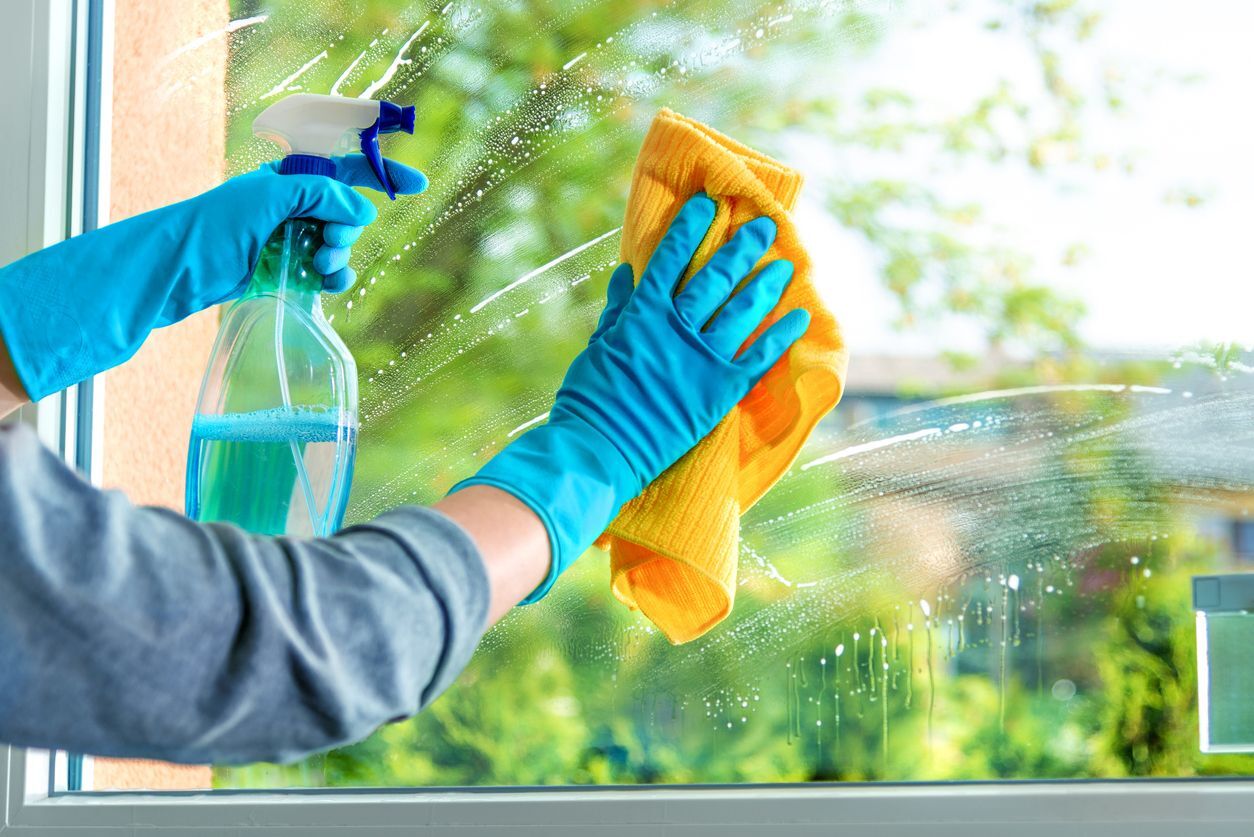Warmer Weather: A Great Time to Review Your Safety Checklist
Smoke Alarms
Almost three out of five home fire deaths are the result of fires in properties with no smoke alarms or smoke alarms that failed to operate.
Test your smoke alarms every month and replace the battery at least once a year. If the alarm makes a "chirping" sound, replace the battery immediately.
Smoke alarms should be in every bedroom and in the common areas on each floor of a home. Mount them at least 10 feet from the stove to reduce false alarms, less than 12 inches from the ceiling and away from windows, doors and ducts. Be sure to purchase smoke alarms with the label of a reputable testing agency, like Underwriters Laboratories (UL).
Carbon Monoxide Detectors
Carbon monoxide (CO) is an invisible, odorless gas that can kill. CO alarms should be installed in a central location outside each bedroom and on every level of the home. Just like smoke alarms, CO alarms require that you change the batteries, test them and interconnect them, if possible. Also, make sure vents for your gas appliances (fireplace, dryer, stove and furnace) are free and clear of snow or debris.
Family Emergency Plan
The National Safety Council recommends every family have an emergency plan in place in the event of a natural disaster or other catastrophic event. Spring is a great time to review that plan with family members.
- To create a plan you can share with others, click here.
- Learn how to put together your disaster supply kit.
- Visit the National Safety Council page for information on what to keep in a vehicle emergency supply kit.
Be Careful When Cleaning
Most of us live with dangerous poisons lurking in kitchen cabinets, bathrooms, basements or garages. When warning labels are ignored or chemicals fall into the wrong hands, disaster can occur. Keep the National Poison Control Center number, (800) 222-1222, in your cell phone contacts. The line is open 24 hours a day, 7 days a week.
- Keep poisons in the containers they came in. Do not use food containers (such as cups or bottles) to store household cleaners and other strong chemicals.
- Store strong chemicals away from food. Many poisonings occur when one product is mistaken for another.
- Read and follow the directions for use of products. Do this BEFORE using the products. Follow the advice carefully.
- Never mix chemicals. Doing so can create a poisonous gas.
- Turn on fans and open windows when using strong chemicals.
- When spraying chemicals, direct spray nozzle away from people and pets.
- Never sniff containers to see what’s inside.
- Discard old or outdated products. First aid advice on containers may be incorrect and outdated.
- Even in small amounts, windshield wiper fluid is poisonous. If swallowed, it can cause blindness or death to people and pets.
Pesticide Precautions
- Pesticides (pest killers) can be taken in through the skin or inhaled. Even leather shoes and gloves do not offer full protection. Pesticides can be extremely poisonous. Stay away from areas that have been sprayed until the spray has dried or for at least one hour.
- Wear protective clothing when using bug spray or other spray products. Put on a long-sleeve shirt, long pants, socks, shoes, and gloves. Remove and wash clothing after using chemicals.
- If pesticides are splashed onto the skin, rinse with running water for 15–20 minutes. If pesticide contacts clothing, take off the clothing before rinsing skin.
Mushroom Hunting
Wild mushroom hunting, or foraging, is a popular hobby, but mushroom identification is tricky. Toxic and nontoxic mushrooms can grow side by side, and many mushrooms that can make you sick look just like edible mushrooms.
- If you are going to eat wild mushrooms make certain they are identified by an expert. If you are not quite sure if it is edible – a good motto is “when in doubt, throw it out”.
- Cooking a mushroom does not make it safe to eat. Actually, with some mushrooms, just breathing in the cooking fumes can cause a poisoning.
- Even if you feel certain of your mushroom identification, it is best to use caution when eating them for the first time. Eat only one species at a time, and in small amounts, even non-poisonous mushrooms can cause unpleasant reactions.
- Symptoms from a toxic mushroom can be delayed for many hours.
- Children should be taught never to touch or eat wild mushrooms. Check for mushroom growth in your yard before letting children out to play. Watch young children closely when out in the yard, or other spaces where mushrooms may be found.

